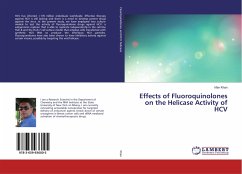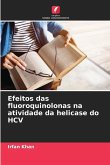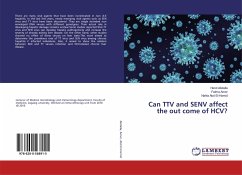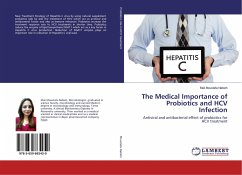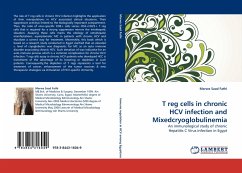HCV has infected 170 million individuals worldwide. Effective therapy against HCV is still lacking and there is a need to develop potent drugs against the virus. In the present study, we have employed two culture models to test the activity of fluoroquinolone drugs against HCV: a subgenomic replicon that is able to replicate independently in the cell line Huh-8 and the Huh-7 cell culture model that employs cells transfected with synthetic HCV RNA to produce the infectious HCV particles. Fluoroquinolones have also been shown to have inhibitory activity against certain viruses, possibly by targeting the viral helicase.
Bitte wählen Sie Ihr Anliegen aus.
Rechnungen
Retourenschein anfordern
Bestellstatus
Storno

